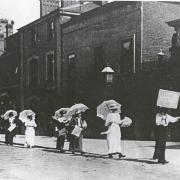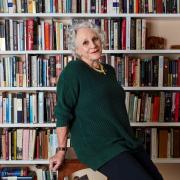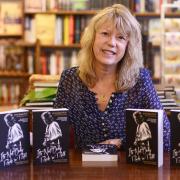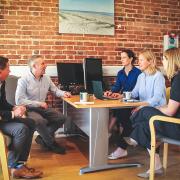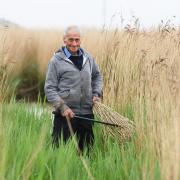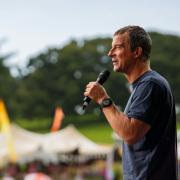Guest columnist this month in our new series on issues facing the county is Jon Clemo, chief executive at Norfolk Rural Community Council, an independent charity that works to support communities and advocates on rural issues.

Looking to get connected? Sounding slightly like the headline from the personal pages, I’m meaning digitally and in the strictly technological sense. Digital connectivity is a phrase that includes broadband and mobile phone signal for both calls and data (smart phones, tablets and internet on the go).
Supporting organisations in rural Norfolk, poor broadband is one of the complaints we hear most often and occasionally the source of strange one-upmanship reminiscent of the Monty Python Yorkshiremen sketch: “We have bad broadband”. . . “Call that bad broadband? We have carrier pigeons with memory sticks strapped to their legs....”
Digital connectivity is essential to modern life, with some calling for it to be classed as a utility alongside power and water. Government policy with services has also shifted, rather than looking for offline solutions to run alongside online ones, the focus is on how to get the 13pc of people who have never used the Internet online. This “digital by default” agenda means that not being connected in some way will become an increasingly unrealistic option.
Beyond this, the irony is that digital connectivity offers a solution to so many of the other challenges rural areas face. It can help make it easier for people to access services, reduce social isolation and help the competitiveness of local businesses.
Broadband speeds are improving, but in the longer term inequality may be a bigger issue. Towards the end of 2014 the UK average broadband speed was 18.7mb/s, up from 5.2mb/s in 2010. Nearly one in five people currently experience a speed of 2mb/s or less. The government plan is that by 2017 95pc will have superfast broadband (24mb/s), leaving 5pc with a 2mb/s minimum service. Those with the poorest speeds will be further behind in an online world increasingly designed for a 24mb/s-plus user. You can safely assume that the remaining 5pc of people will be in rural areas.
That’s one of the reason we started ThinkingWISP, a wireless broadband service using alternative technology to reach those people at risk of being left behind. The government estimates that £560 is saved per year by those people who shop and pay bills online. With the cost of living highlighted as the biggest issue for people living in rural areas, improving digital connectivity is a broad social issue not limited to the technology sphere.
So if you are well connected, reflect on the £22 billion estimated benefit from getting everyone online. If you are frustrated by your current connection, try looking at some of the alternative options. And if you are not online at all, perhaps now is the time to make your first digital connections.
www.norfolkrcc.org.uk












